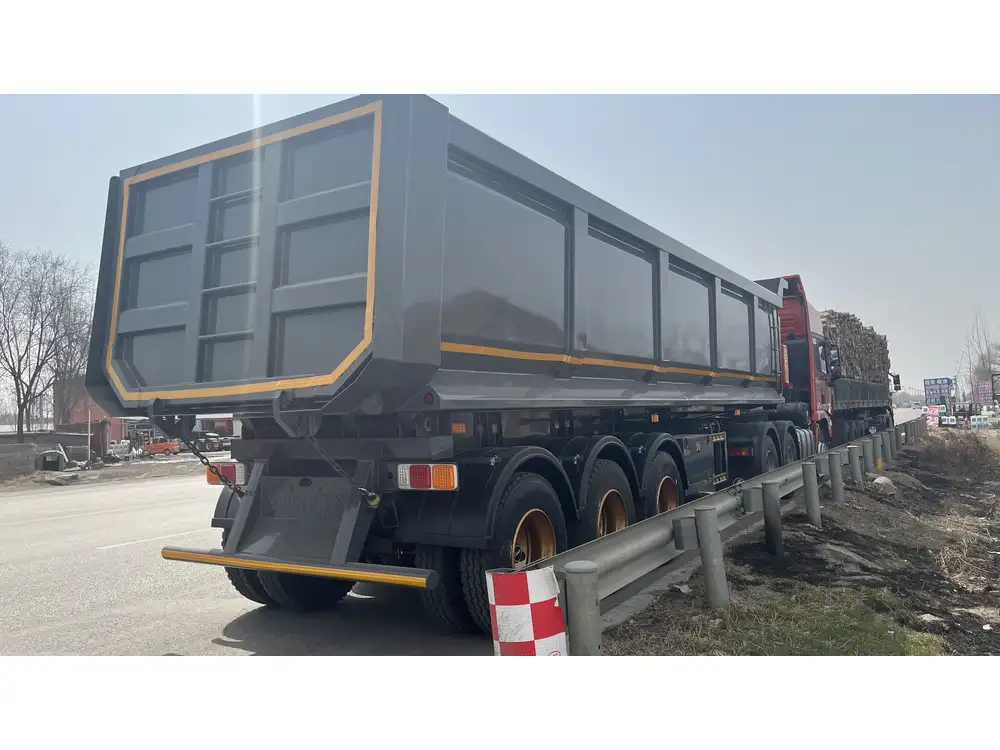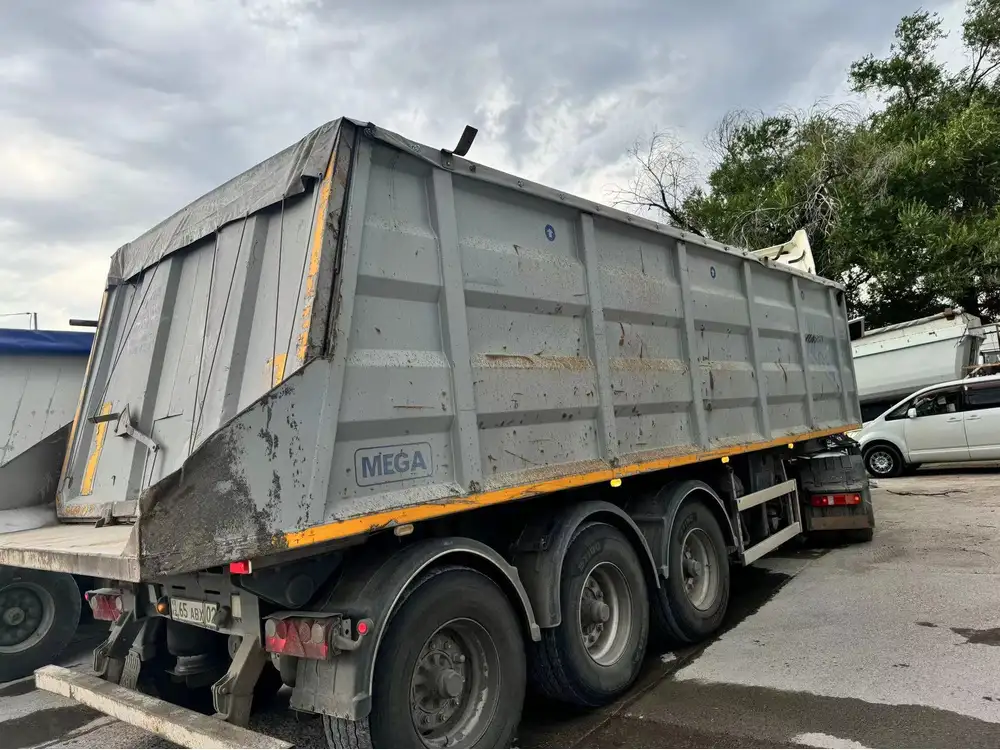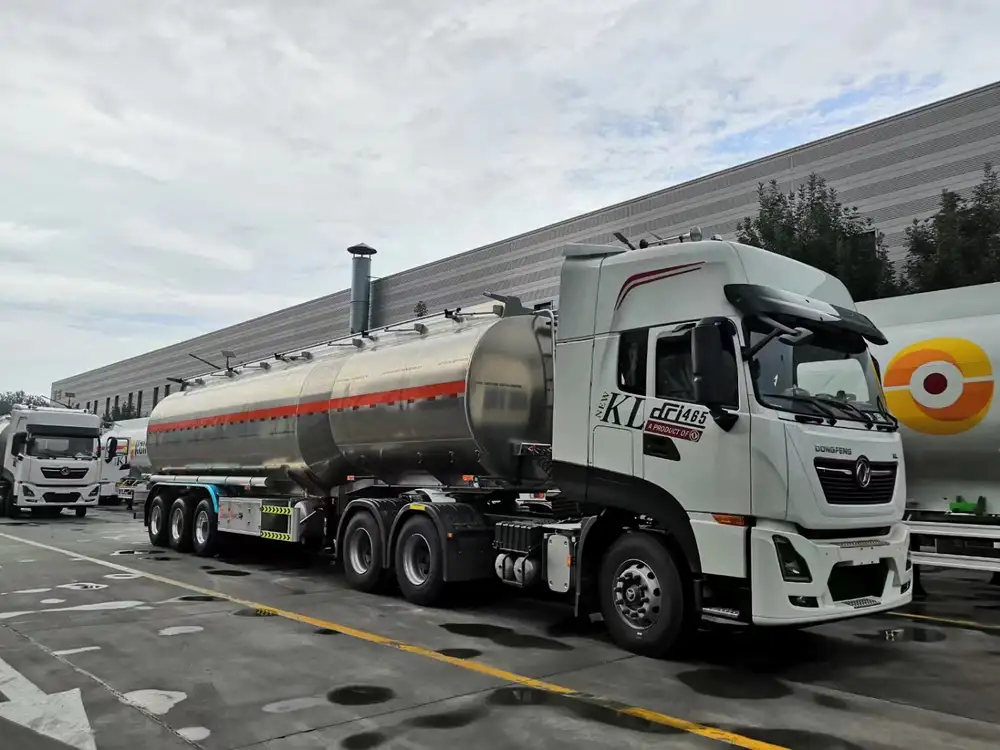Removing the gas tank from a 1968 Honda Trail 90 can seem daunting, but with the right steps and a bit of preparation, you can accomplish the task efficiently. This guide provides a thorough, step-by-step process, ensuring you have the necessary information for a successful removal.
Tools and Materials Needed
Before you begin the process, gather the following tools and materials:
| Tool/Material | Purpose |
|---|---|
| Socket set | To remove bolts |
| Screwdriver set | For handling screws |
| Pliers | To grip components |
| Clean rags | For wiping and cleaning |
| Fuel container | To safely store drained fuel |
| Funnel | For transferring fuel |
| Gloves | For hand protection |
| Safety goggles | For eye protection |
Make sure to work in a well-ventilated area and consider setting up a clean workspace to avoid losing any small parts during the removal process.
Step-by-Step Guide to Removing the Gas Tank

Step 1: Preparation
- Safety First: Wear safety goggles and gloves to protect yourself from fuel vapors and other contaminants.
- Fuel Drainage: Before starting, it’s crucial to drain the gas tank. Use the funnel and fuel container to catch any gasoline that spills during the process. Begin by locating the fuel petcock (the valve that controls the flow of fuel) and turn it to the ‘OFF’ position. If your model does not have a petcock, carefully tip the bike to drain the fuel into the container.
- Clean the Area: Clean the surrounding area to ensure no residue from fuel is present, which could lead to accidents.
Step 2: Remove the Side Covers
The Honda Trail 90 typically has side covers that may obstruct access to the gas tank.
- Locate and Remove Fasteners: Use your screwdriver to remove the screws or bolts securing the side covers.
- Carefully Remove Covers: Gently pull the side covers away from the frame, taking care not to break any clips or connectors attached.
Step 3: Detach the Fuel Lines
- Find the Fuel Line: Locate the fuel line connected to the gas tank.
- Use Pliers to Remove Clamps: Use your pliers to carefully slide the clamps off the fuel line. Be cautious as some residual fuel might still be in the line.
- Pull Off the Fuel Line: Grip the fuel line and gently pull it off the fitting at the bottom of the tank, allowing any trapped fuel to drain into your container.

Step 4: Unscrew the Gas Tank
- Locate the Bolts: The gas tank is typically secured with a couple of bolts located underneath or at the rear of the tank. Carefully inspect the area.
- Using a Socket Set: Using your socket set, remove the bolts one by one. Keep them in a safe place for reassembly later.
- Support the Tank: As you loosen the last bolt, support the tank with one hand to prevent it from falling.
Step 5: Remove the Gas Tank
- Gently Lift the Tank: Once all bolts and connections are removed, gently lift the gas tank from the frame. Be cautious not to scratch the bike’s paint or damage any of the nearby components during removal.
- Inspect Additional Components: Check for any wiring or additional components that may be connected to the gas tank. Disconnect any necessary elements before fully removing the tank.
Step 6: Post-Removal Inspection
- Check for Damage: After removing the tank, inspect it for rust or damage. Look at the condition of seals and grommets as they may need replacing during reinstallation.
- Clean the Area: Remove any spilled fuel and clean the mounting area where the gas tank was located.

Step 7: Reassembly Guidelines (Optional for Reference)
Once you’re ready to reinstall the gas tank, follow these reverse steps:
- Position the Gas Tank: Align the gas tank back onto the bike frame.
- Secure with Bolts: Insert and tighten the bolts using the socket set.
- Reconnect the Fuel Line: Push the fuel line back onto the fitting and secure it with the clamps.
- Attach Side Covers: Replace the side covers and secure them with screws.
- Fuel Refill: Refill the tank with fresh fuel.
- Check for Leaks: After reassembly, check for any leaks before starting the engine.
Common Issues and Troubleshooting
1. Fuel Leakage
- Problem: After reinstallation, a fuel leak may occur from the connection points.
- Solution: Ensure all clamps are securely fastened and inspect the fuel line for cracks or damage.

2. Difficulty Removing Fuel Lines
- Problem: Fuel lines may be brittle or stuck.
- Solution: Warm up the connection area slightly with a heat gun (be cautious of flammable materials nearby), which can help loosen the line without causing damage.
3. Broken Bolts
- Problem: Bolts can often break during removal due to rust or corrosion.
- Solution: Use bolt extractors to safely remove broken bolts if necessary.
Conclusion
Removing the gas tank from a 1968 Honda Trail 90 requires careful attention to detail and proper safety practices. By following the steps outlined in this guide—preparation, removal, inspection, and reassembly—you can navigate the process smoothly. It is not only a practical skill but also essential for maintaining the longevity and efficiency of your motorcycle.
Whether you are conducting routine maintenance or preparing for a restoration project, understanding the intricacies of your Honda Trail 90 will serve you well. Armed with this knowledge, you can tackle the gas tank removal with confidence, ensuring your motorcycle remains in top condition for many rides to come.



